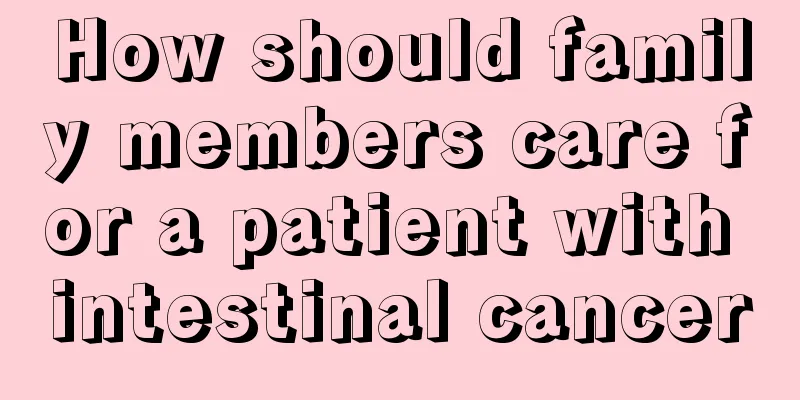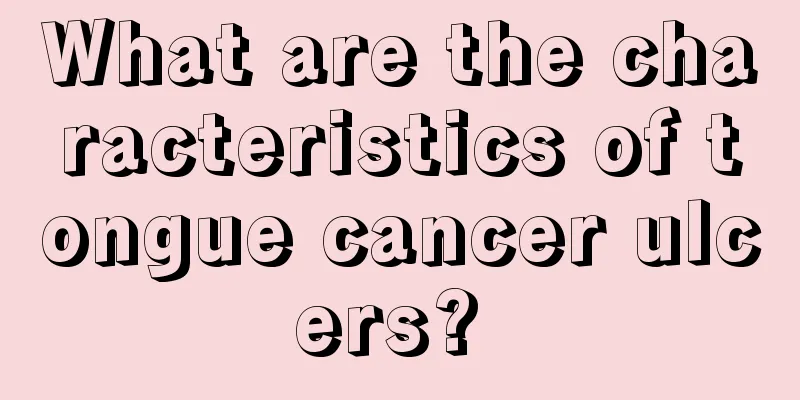The "life and death crisis" of cancer patients is actually this, this, this...

|
Many people think that cancer equals death. This understanding and concept is wrong. With the improvement of diagnosis and treatment technology, many cancers have long since taken off the "hat" of "incurable disease" and replaced it with a chronic disease. If you don't believe it, take a look at the statistics. According to the data from the National Cancer Registry and the Cancer Prevention and Control Office in 2014: The 5-year survival rate of breast cancer in my country is 73.1%, and the 5-year survival rate of bladder cancer is 67.3%. Generally, early-stage and some mid-stage cancer patients can be cured or live with tumors for a long time under the current medical level. However, a "life and death catastrophe" that is easier to ignore than recurrence and metastasis is it, it, it... Infection is one of the main causes of cachexia and death in patients with malignant tumors. How do cancer patients get infected? Malignant tumors are a chronic, wasting disease. After chemotherapy and radiotherapy, patients' immune function declines, making them susceptible to infection. At the same time, due to long-term insufficient nutrition, digestive and absorption disorders, low immunity, and organ failure, patients with malignant tumors are more susceptible to invasion by pathogenic microorganisms. The most common microorganisms are bacteria and anaerobic bacteria. Patients with poor systemic conditions often have fungal infections. The development and popularization of a large number of antibiotics, as well as the use of multiple antibiotics during treatment, have caused the normal flora in patients to become imbalanced, and drug-resistant strains to increase, resulting in a prolonged course of illness, prolonged hospitalization, and increased chances of infection. Due to the frailty of patients, some non-pathogenic microorganisms in the normal human body, such as Escherichia coli and oral bacteria, will take advantage of the "weakness" to enter and cause opportunistic infections in cancer patients. In addition, factors such as adverse reactions to treatment, tumor necrosis, and metabolic disorders caused by toxic products during the regression process also directly affect the incidence of infection in cancer patients. Radiotherapy, radiation therapy, and chemotherapy suppress the patient's bone marrow hematopoiesis, reduce the number of infection-fighting white blood cells in the body, cause neutropenia, suppress macrophage function, and damage the immune system, which protects the body from infection. When the white blood cell count reaches the lowest, the risk of infection is high. This situation usually occurs within 7-12 days after each chemotherapy drug, and may last up to a week. Infection enthusiasts of inappropriate tumors Fever is a common symptom in the middle and late stages of malignant tumors, and it is also a very dangerous symptom! If you feel hot, flushed, cold or unwell, you should take your temperature immediately. Long-term fever will cause energy and physical exhaustion, and the patient's body will fail quickly, so it should be actively controlled. If you have a fever during chemotherapy, you should go to the emergency room, because during chemotherapy or within 1 month after chemotherapy, if you have a persistent fever, you must go to the hospital for a routine blood test. Be careful of "leukopenia fever", which is medically called granulocytopenia fever. Because the bone marrow is suppressed after chemotherapy, when the number of granulocytes is significantly reduced, the body's immune function will be destroyed, and it is very easy to get infected. Cancer patients are generally in poorer condition. Once an infection occurs, it will develop rapidly and sometimes it is difficult to control. Infection fever is often accompanied by chills, and the body temperature is often high. When it exceeds 39 degrees Celsius, you must seek medical attention in time. Patients need to keep in mind that this situation cannot be cured at home, and in severe cases it can be life-threatening. |
<<: You must know these things about cancer recovery
>>: How many of these small details of cancer prevention in daily life have you achieved?
Recommend
What medicine can control gastrointestinal cancer
What medicine can control gastrointestinal cancer...
What medicine should I use for anal itching at night
Anal itching is a feeling that makes people feel ...
How to treat moles on the buttocks
The area where hemorrhoids grow is very private, ...
There are many ways to prevent rectal cancer in life
As a common disease, rectal cancer can seriously ...
How much does radiotherapy cost after laryngeal cancer surgery?
How much does radiotherapy cost after laryngeal c...
Why does my waist sweat when I sleep?
A friend told me that he often sweats on his wais...
How to prevent benign gastric tumors
Gastric tumor is a common tumor disease, but beni...
How to fix a lost tooth
Human life is so long that there are always many ...
Do I need to wash the strawberries
What women hate most is having too many blackhead...
What are the reactions after liver cancer interventional surgery
What reactions will occur after interventional su...
What symptoms should you pay attention to in preventing lung cancer? If you have the five major symptoms, be careful of lung cancer
Lung cancer is a malignant tumor that occurs in t...
What is the level of TG control in hemisection of thyroid cancer
The level of TSH (thyroid stimulating hormone) co...
Can sharpness be cured?
In the eyes of many people, they always think tha...
What are the dangers of not treating fibroids
Many patients who have suffered from fibroids kno...
Is a bun suitable for a round face?
Each of us has a different face shape. Many girls...









